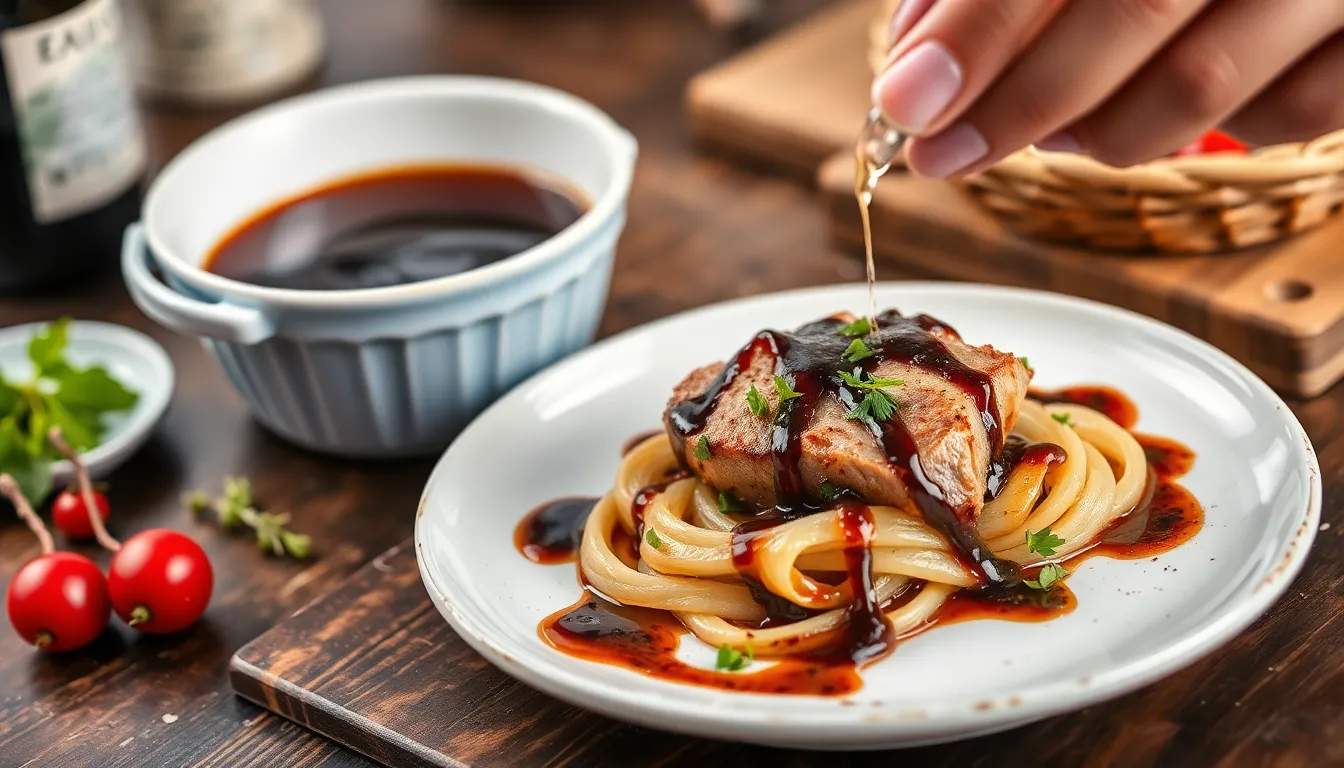How to Cook Farro for Salads: Tips and Tricks
Introduction
Farro is an ancient grain that has been cultivated for thousands of years, prized for its nutty flavor and chewy texture. Not only is it delicious, but it also boasts a myriad of nutritional benefits, making it an excellent choice for salads. Farro is high in fiber, protein, and essential vitamins, making it a wholesome addition to any meal.
Cooking farro correctly is crucial for salads. The right texture can elevate your dish, providing the perfect base for fresh vegetables, hearty proteins, and zesty dressings. In this article, we will explore essential tips and tricks to achieve perfectly cooked farro that will transform your salads into nutritious culinary delights.
Section 1: What is Farro?
Farro is a term used to describe three different types of wheat grains: einkorn, spelt, and emmer. Each type has unique characteristics and flavors, making them suitable for various culinary applications.
Here’s a brief overview of the types of farro:
- Einkorn: The oldest variety of farro, known for its sweet, nutty flavor.
- Spelt: Slightly sweeter and nuttier than einkorn, with a chewy texture.
- Emmer: Most commonly used in commercial products, it has a robust flavor and firm texture.
Farro is also celebrated for its nutritional profile, offering a plethora of health benefits:
- High in fiber, which aids digestion and promotes satiety.
- Rich in protein, providing essential amino acids.
- Contains vitamins B and E, supporting metabolism and skin health.
Section 2: Preparing Farro
Subsection 2.1: Choosing the Right Farro
When it comes to selecting farro, the type you choose can affect both the flavor and cooking time. Here are tips for selecting high-quality farro:
- Look for whole farro, which is less processed and retains more nutrients.
- Choose organic options when possible to avoid pesticides.
- Check for uniform color and absence of debris in the package.
Subsection 2.2: Soaking Farro
Soaking farro is optional, but it can significantly reduce the cooking time and enhance its texture:
- Soak farro for 30 minutes to 1 hour before cooking.
- Soaked farro can be cooked in about 15 to 20 minutes, depending on the type.
Section 3: Cooking Farro
Subsection 3.1: Basic Cooking Method
Here’s a step-by-step guide to cooking farro perfectly:
- Rinse the farro under cold water to remove any dust or debris.
- Determine the water-to-farro ratio based on the type of farro you’re cooking.
- Bring the water to a boil, then reduce the heat to a simmer and cover the pot.
- Cook for the recommended time, checking for doneness periodically.
Cooking Times and Water Ratios for Different Types of Farro
| Type of Farro | Water Ratio | Cooking Time |
|---|---|---|
| Whole Farro | 1:3 | 30-40 minutes |
| Semi-Pearled | 1:2.5 | 20-30 minutes |
| Pearled | 1:2 | 10-15 minutes |
Subsection 3.2: Fluffing and Cooling
After cooking, it’s important to fluff the farro with a fork to separate the grains. This helps achieve that desired fluffy texture:
- Let the farro sit for 5 minutes after cooking before fluffing.
- Spread it out on a baking sheet to cool if you’re preparing a salad, allowing it to reach room temperature quickly.
Section 4: Flavoring Farro
Subsection 4.1: Cooking in Broth
For an extra flavor boost, consider cooking farro in vegetable or chicken broth instead of water. This adds depth and richness to your dish:
- Use low-sodium broth to control the salt content.
- Enhance flavor further with herbs and spices, such as thyme, rosemary, or bay leaves.
Subsection 4.2: Adding Aromatics
Infusing flavors during the cooking process can elevate the overall taste of farro:
- Add minced garlic or onions to the cooking water for a fragrant base.
- Consider including a bay leaf or a sprig of fresh herbs for additional aroma.
Section 5: Using Farro in Salads
Subsection 5.1: Salad Combinations
Farro is incredibly versatile and pairs well with a variety of ingredients. Here are some tasty combinations:
- Vegetables: Roasted bell peppers, cherry tomatoes, cucumbers, and kale.
- Proteins: Grilled chicken, chickpeas, feta cheese, or sunflower seeds.
- Dressings: Lemon vinaigrette, balsamic reduction, or tahini dressing.
Here are a few delicious farro salad recipes to inspire your culinary creativity:
- Farro Salad with Roasted Vegetables: Toss cooked farro with roasted zucchini, bell peppers, and a drizzle of olive oil.
- Mediterranean Farro Salad: Mix farro with cherry tomatoes, olives, feta, and a lemon-herb dressing.
- Farro and Chickpea Salad: Combine farro with chickpeas, diced cucumbers, red onion, and a yogurt dressing.
Subsection 5.2: Storage Tips
Proper storage of cooked farro can extend its shelf life:
- Store cooked farro in an airtight container in the refrigerator for up to one week.
- To reheat, add a splash of water and microwave, or warm it gently on the stovetop.
- Cold farro can also be added directly to salads, providing a hearty base without reheating.
Conclusion
Cooking farro may seem daunting at first, but with the right techniques, you can easily master it. Remember to choose the right type of farro, soak it when possible, and use flavorful cooking methods to enhance its taste. With these tips and tricks, you can create delicious farro salads that are not only nutritious but also bursting with flavor.
Don’t hesitate to experiment with different ingredients and dressings to find your favorite combinations. Farro is a fantastic grain that opens up a world of culinary possibilities. Share your farro salad creations with us; we’d love to hear about your delicious experiments!
Call to Action
What are your favorite farro recipes? We want to hear from you! Leave a comment below with your best farro salad ideas, and don’t forget to subscribe to our blog for more cooking tips and creative recipes!
Additional Resources
For more information on cooking grains, check out these helpful links:




